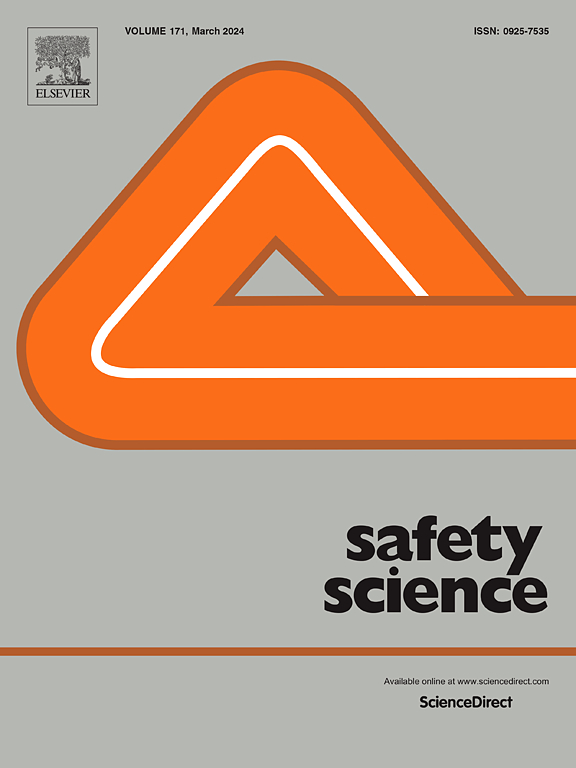The effect of the Labour Inspection Authority’s regulatory tools on compliance with regulations in the Norwegian home care services – A post-test-only control group study
IF 4.7
1区 工程技术
Q1 ENGINEERING, INDUSTRIAL
引用次数: 0
Abstract
Occupational Safety and Health (OSH) laws and regulations serves as fundamental pillars for OSH practices, playing a crucial role in safeguarding employee safety and wellbeing. However, little is known about the efficiency of regulatory tools intending to ensure compliance with OSH laws and regulations, especially within the health and social care sector. The current experimental study aimed to determine the effect of two specific regulatory tools on compliance. Municipal home-care services were allocated to one of three groups: (I) “Inspection”, (II) “Guidance-through-workshops”, and (III) “Control”. At 24–30 months after the interventions all groups underwent formal inspections which recorded the numbers of contraventions with regulations to determine the difference in regulatory compliance between the groups. Analyses comparing the two intervention groups with the control group showed overall increased compliance in the inspection group (I), while no significant effects were found for the guidance group (II). The inspection group underwent inspections twice, and analyses of changes from the first to the second inspection also revealed improved compliance, but only statistically significantly for requirements pertaining to the addressed psychosocial factors. Future research should investigate how labour inspections can more effectively increase compliance and how to develop guidance as a tool for improving compliance.
求助全文
约1分钟内获得全文
求助全文
来源期刊

Safety Science
管理科学-工程:工业
CiteScore
13.00
自引率
9.80%
发文量
335
审稿时长
53 days
期刊介绍:
Safety Science is multidisciplinary. Its contributors and its audience range from social scientists to engineers. The journal covers the physics and engineering of safety; its social, policy and organizational aspects; the assessment, management and communication of risks; the effectiveness of control and management techniques for safety; standardization, legislation, inspection, insurance, costing aspects, human behavior and safety and the like. Papers addressing the interfaces between technology, people and organizations are especially welcome.
 求助内容:
求助内容: 应助结果提醒方式:
应助结果提醒方式:


